
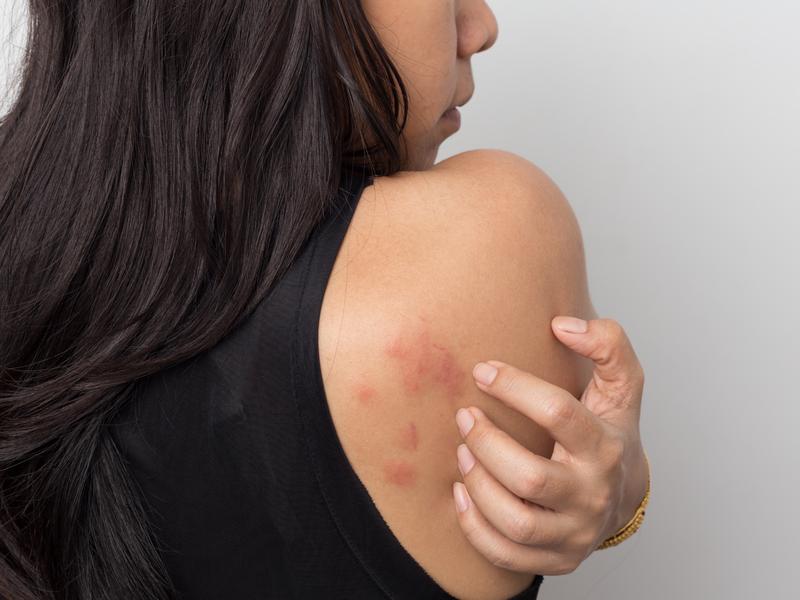
Yes, stress rash is a thing!
While some people might get headaches, have difficulty sleeping or develop a puff in the tummy while under stress, others might develop a rash.
Stress rashes are common and usually not a cause for concern. However, they can be itchy and uncomfortable, according to Dr Patrick Lee, MD.
Lee is the vice-chair in the department of dermatology and clinical professor at University of California, Irvine’s School of Medicine.
What does a stress rash look like?
Niket Sonpal, MD, adjunct assistant professor at the Touro College of Osteopathic Medicine in Brooklyn, New York, said a stress rash usually appears as raised red bumps called hives.
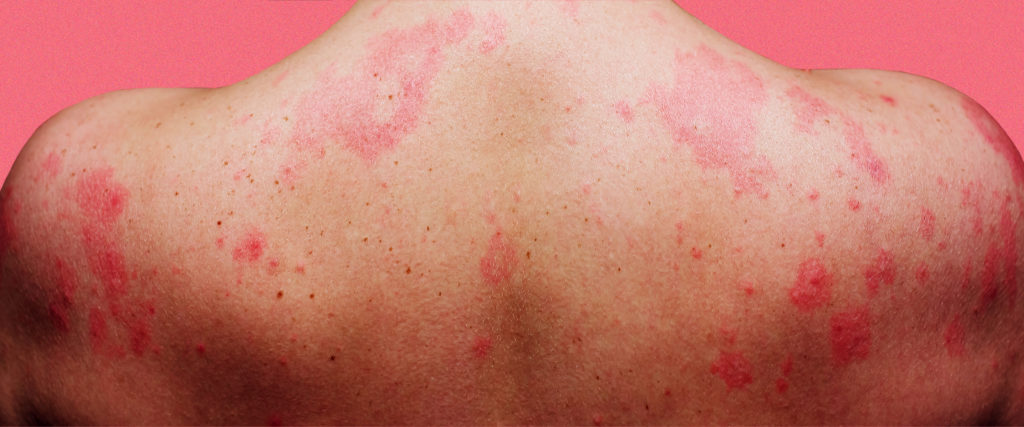
They can form in clusters and look like large welts or tiny dots.
Symptoms of a stress rash include:
Itching
Redness
Swelling
Blotchy skin
A burning or tingling sensation when the rash is touched
“A stress rash can occur anywhere, but is more likely to show up in areas where your skin folds or rubs against clothing,” says Lee.
These rashes may appear in areas such as:
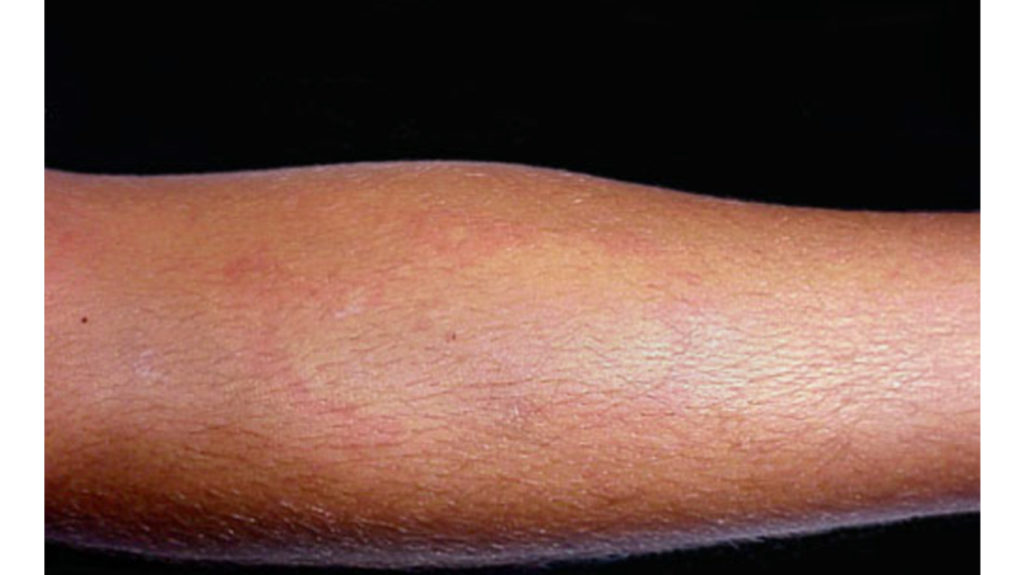
Armpits
On your waist where the waistband of your pants might sit
The crease in your elbow
Behind the knee
Our Today suggests going to see a doctor if the inflicted is unsure, as a stress rash looks similar to other types of hives which can be difficult to self-diagnose.
However, in most cases it is likely a stress rash if one has been experiencing a period of stress and there is no other likely cause, like allergies or illness.
Actually, a 2008 study on An Approach to the Patient with Urticaria, by S.J Deacock, found that short-term financial, personal, or professional stress can cause an acute form of hives that fades within a few days or weeks.
However, Sonpal said that sometimes hives can persist for much longer.
Hives that last longer than six weeks are considered chronic, meaning there is a possibility of reoccurrence.
Therefore, if one is inflicted with hives that persist for an unusual amount of time as suggested consult a doctor or a dermatologist.
Chronic hives could be a sign of an underlying medical condition, like celiac disease or rheumatoid arthritis, according to Chronic urticaria and autoimmunity: associations found in a large population 2012 study by Confino-Cohen R et al.
Our Today stresses that if the stress hives are accompanied by swelling of the lips, tongue, or face, or if the inflicted have a difficulty breathing or are experiencing nausea or vomiting, seek emergency medical attention as these are signs of a severe allergic reaction.

Just go to a doctor if you’re unsure, is the main point.
What causes a stress rash?
Dr. Lee stated that hives occur when the body releases a compound called histamine in response to an allergen.
However, stress can also trigger the release of histamine, resulting in hives.
“The stress is often fairly significant and persistent to generate this reaction,” he said.
With that being said, stress can also increase your heart rate and body temperature.
Have you ever experienced these intangible symptoms of stress?
How to get rid of a stress rash
Our Today has taken to list the effective ways to treat a stress rash and relieve itching, swelling and pain suggested by Dr Lee.
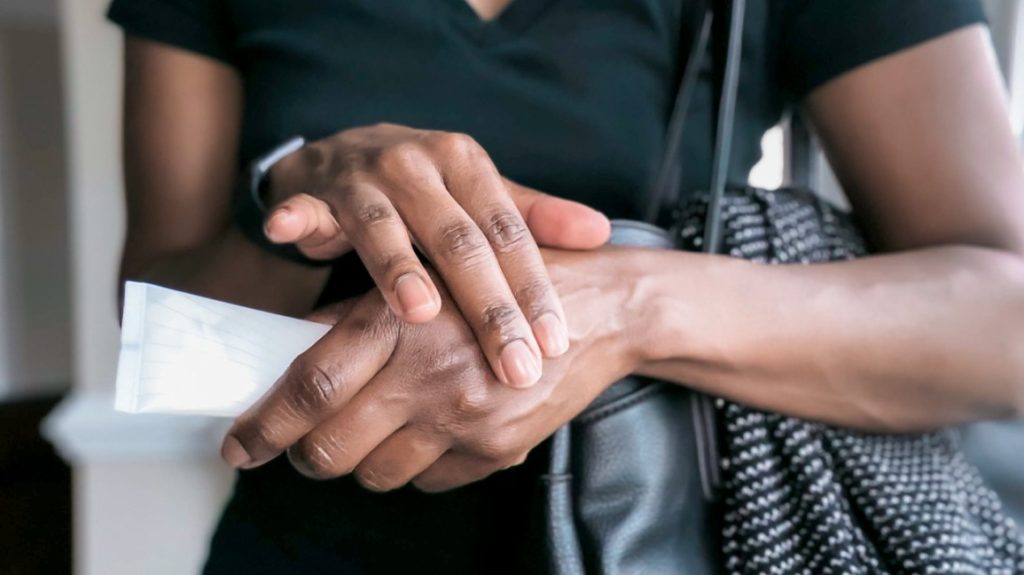
Take over-the-counter oral antihistamines, like Benadryl or Claritin.
Apply over-the-counter topical cortisones, like hydrocortisone.
Ask your doctor about a prescription topical steroid.
Place a cool compress over the hives or take a cool bath.
Gently rub aloe vera on your hives.
Aloe vera contains anti-inflammatory properties that can help ease itching and soothe skin.
Basically, stress hives often resolve on their own within a few days, but they can persist if your stress level remains high.
Our Today personally recommends meditating, doing breathing exercises or normal physical exercises that will help the body to relax and heal from hives.


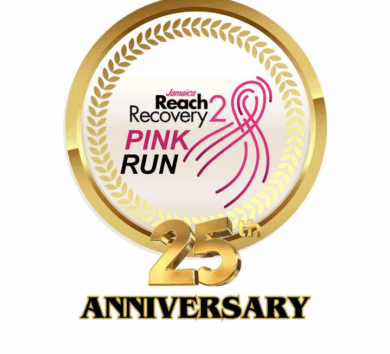





Comments